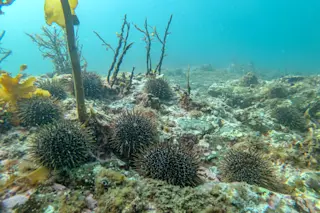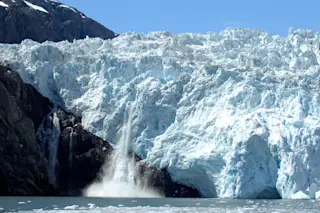The governor of Florida announced yesterday that the state is putting its money where its mouth is when it comes to conservation of the imperiled Everglades. The state has agreed to buy out U.S. Sugar for $1.75 billion, and will switch the company's 187,000 acres of land from sugar cane fields to natural wetlands. U.S. Sugar's property lies just south of Lake Okeechobee, the heart of the Everglades' unique ecosystem. Florida Governor Charlie Crist
said the deal is "as monumental as the creation of our nation's first national park, Yellowstone. This represents, if we're successful, and I believe we will be, the largest conservation purchase in the history of the state of Florida" [AP]. Environmentalists are delighted by the conservation coup, and will be keeping their fingers crossed that everything goes as planned; under the proposal, U.S. Sugar will farm the land for six more years before turning it over ...














